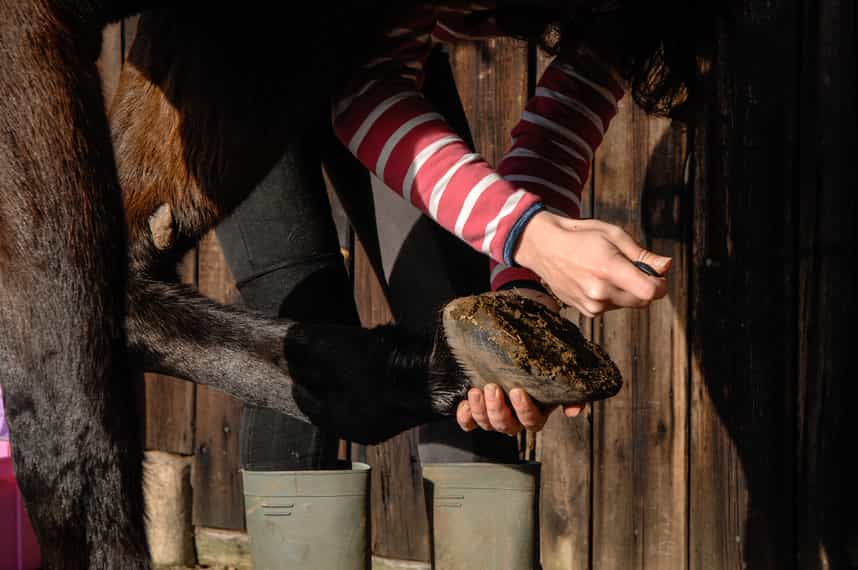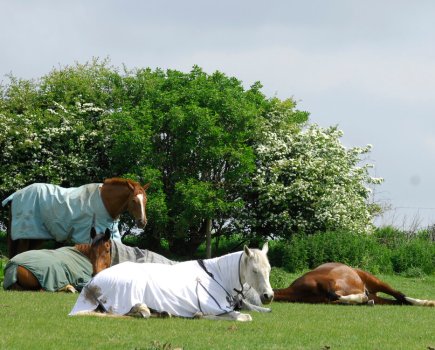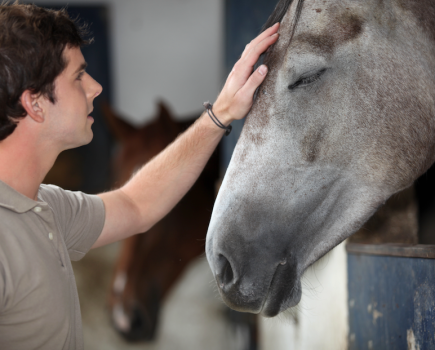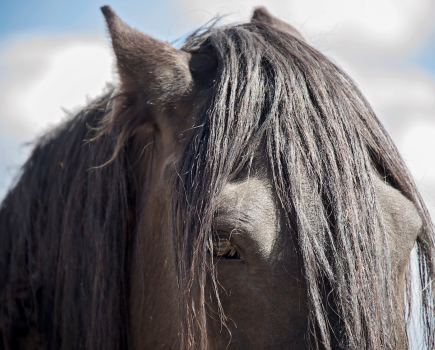Wet weather can play havoc with hooves, possibly resulting in abscesses, where bacteria get into your horse’s feet. With autumn in full swing and more rain on the horizon, soggy fields are becoming an unfortunate reality. Abscesses happen when the horn of the hoof becomes soft, allowing grit to penetrate. As vet Hazel Clewley explains, regular visits from the farrier are essential for optimum hoof health.
“Keeping your horse’s feet trimmed and well shod will help to ensure they stay healthy and can reduce the risk of the hoof splitting,” says Hazel. “It’s important to bear in mind that unshod horses can be more at risk to abscesses because their white line is exposed. You could opt for shoes over the wetter months if you’re concerned.”
The importance of dry feet
We all know how funny our skin feels if we stay in the bath too long, and it’s similar for your horse if he’s stood out in the wet.
Providing dry areas to stand and picking your horse’s feet out regularly are just a couple of things that you can do to limit his risk of having abscesses.
“Good management will go a long way to limiting abscesses, and applying antiseptics on the sole may help too,” says Hazel.
The symptoms
Abscesses can appear as severe lameness, with some horses reluctant to put any weight on their affected foot. In other horses, it may be more subtle. He may be lame one day, but not the next. It’s always worth getting your vet out to check his pulse and reaction to hoof testers to see whether an abscess is causing him problems.
Do:
- Have regular visits from the farrier.
- Provide dry areas for him to stand on.
- Pick his feet out regularly.
Don’t:
- Ignore a lameness that comes and then goes.
Meet the expert: Hazel Clewley (Associate BVetMedHons MRCVS) qualified at the Royal Veterinary College and works at Western Counties Equine Veterinary Surgeons. She has special interest in sport horse medicine, poor performance and acupuncture.









